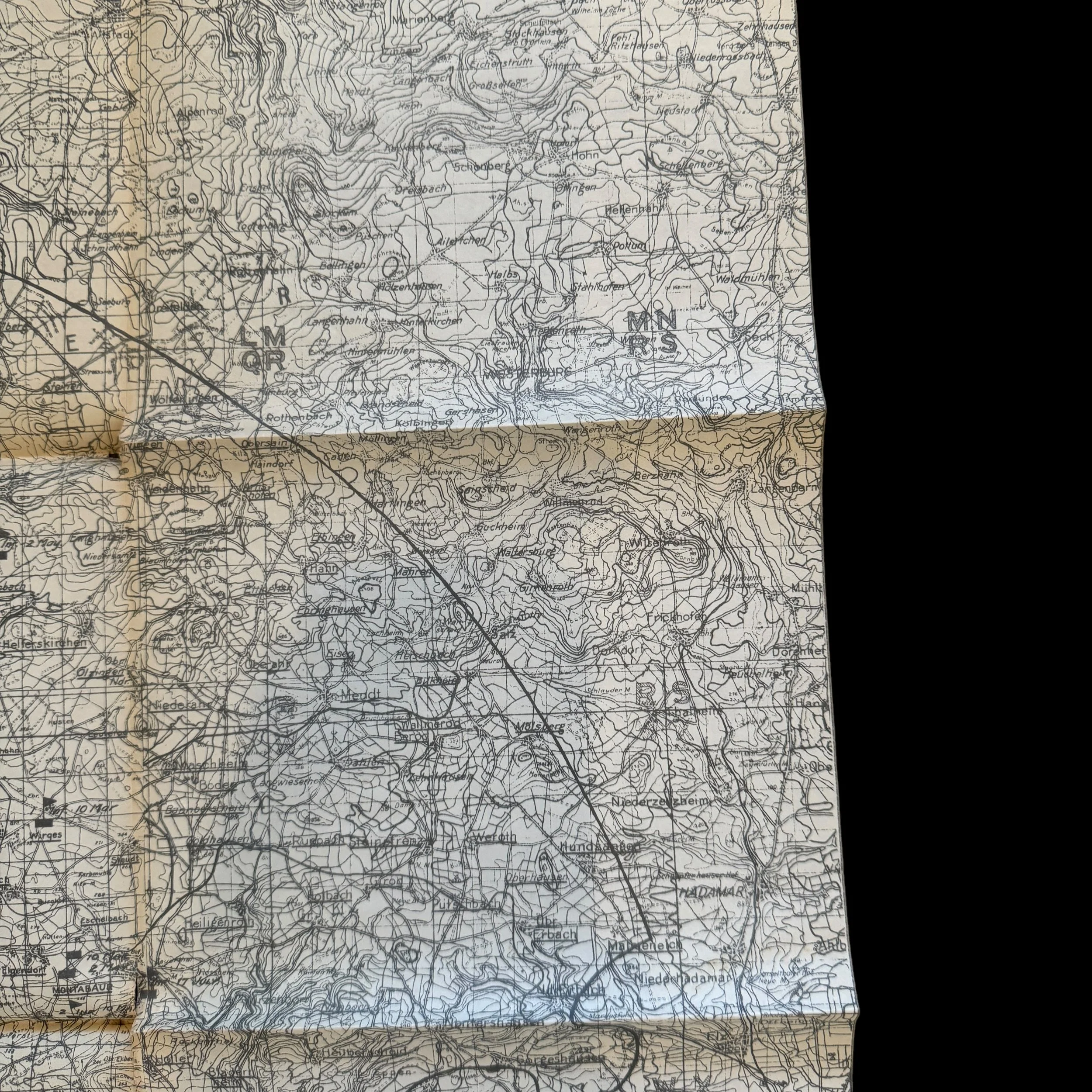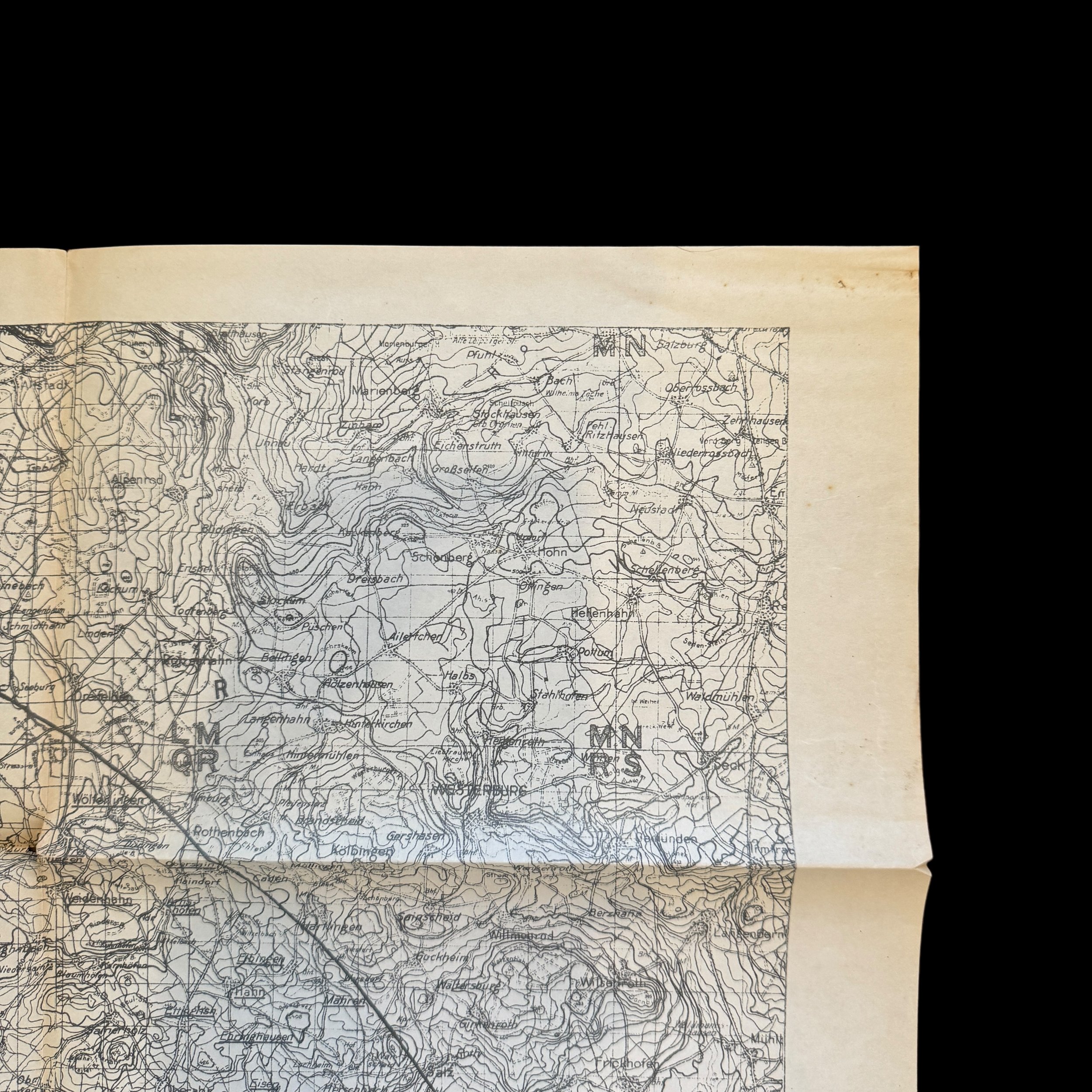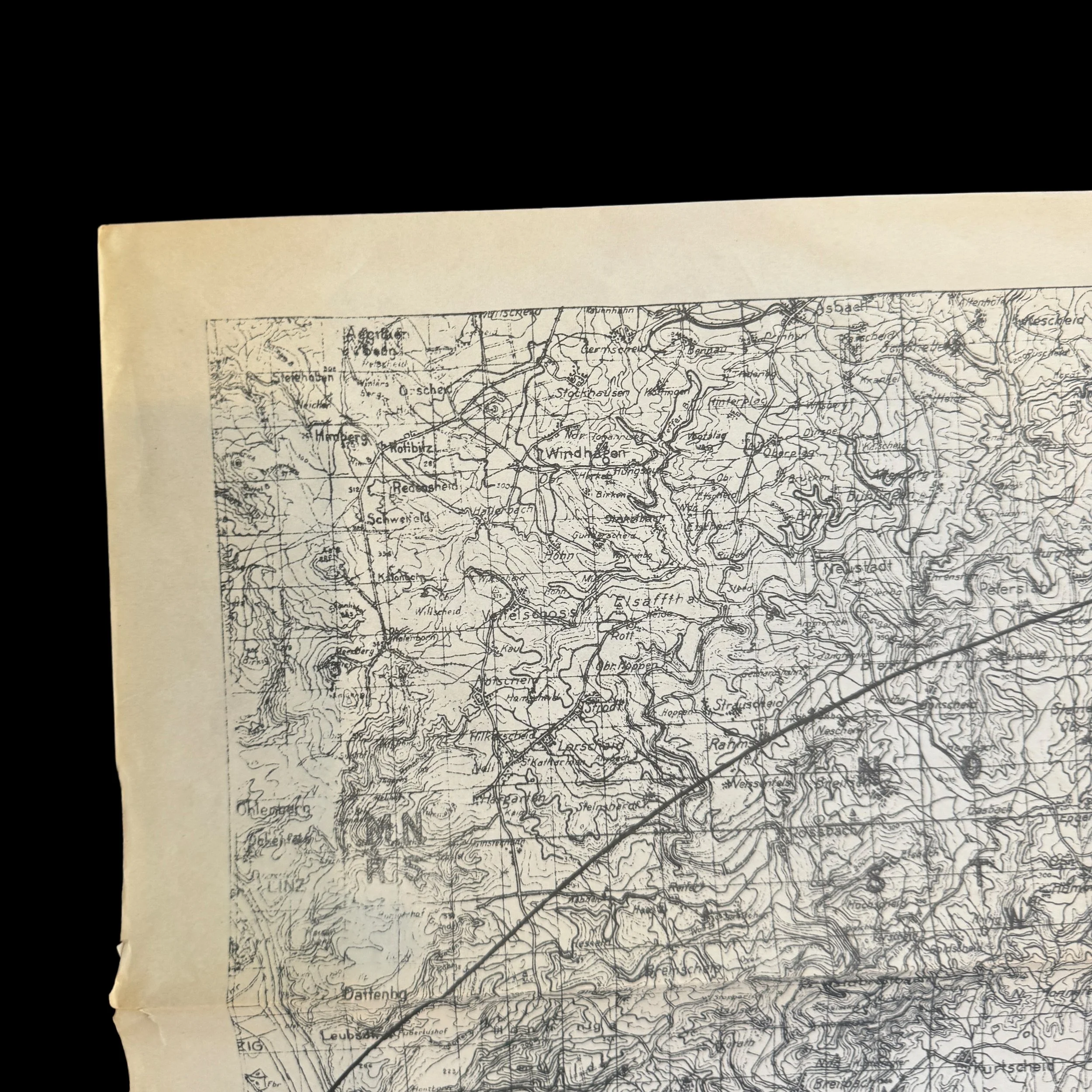RARE! World War I American Sector "Coblentz Bridgehead" Western Front Operations Map





















RARE! World War I American Sector "Coblentz Bridgehead" Western Front Operations Map
Comes with a hand-signed C.O.A.
This rare and museum-grade World War I map shows the American Sector of the Coblentz Bridgehead. World War I, often referred to as the Great War, saw unprecedented levels of destruction and a scale of warfare that was previously unimaginable. Among the many theaters of conflict, the Western Front was the most significant in terms of the scale of fighting and its impact on the outcome of the war. The involvement of American forces in this theater, particularly in sectors such as the Coblentz Bridgehead, played a crucial role in the Allied victory.
Background and Strategic Importance
The Coblentz Bridgehead, located near the city of Koblenz (also spelled Coblentz) in Germany, was a significant strategic location due to its position along the Rhine River. The control of this area provided a vital crossing point over the river, which was crucial for the movement of troops and supplies. The Rhine itself served as a formidable natural barrier, making any bridgehead across it a valuable military asset.
During the final phases of World War I, the Allied forces sought to penetrate into German territory to compel a decisive end to the war. The American Expeditionary Forces (AEF), under the command of General John J. Pershing, were instrumental in this effort. The Coblentz Bridgehead was part of the broader American sector, which included key areas where American troops engaged in significant combat operations.
Key Operations and Battles
The American sector around the Coblentz Bridgehead saw several important operations, particularly during the Meuse-Argonne Offensive, which was one of the final and largest offensives on the Western Front. This offensive, which lasted from September 26 to November 11, 1918, was a major part of the Hundred Days Offensive that ultimately led to the end of the war.
Meuse-Argonne Offensive:
Initial Phase: The offensive began with American forces launching a massive attack along a 24-mile front, aimed at breaching the heavily fortified Hindenburg Line. The initial assault faced stiff resistance from well-entrenched German forces, but the Americans gradually made progress.
Middle Phase: As the offensive continued, American divisions, including the 1st, 2nd, 26th, 42nd, and 77th, among others, played pivotal roles. The fighting was intense, with significant casualties on both sides. American forces had to contend with difficult terrain, extensive barbed wire, and machine-gun nests.
Final Phase: By early November, American troops had pushed through to the outskirts of Sedan. The relentless pressure applied by the AEF, combined with concurrent Allied offensives elsewhere on the Western Front, severely weakened German defensive capabilities.
The Advance to the Rhine:
Following the Armistice on November 11, 1918, which ended the fighting, American forces moved to occupy key positions in Germany as part of the Armistice terms. The 3rd Army, also known as the "Army of Occupation," was tasked with advancing into the Rhineland, including the Coblentz Bridgehead.
The American 3rd Army crossed into Germany on December 1, 1918, and took control of the bridgehead at Coblentz. This occupation was a significant demonstration of Allied strength and was intended to ensure that Germany complied with the terms of the Armistice.
Divisions and Units Involved
Several American divisions played crucial roles in the operations around the Coblentz Bridgehead. These divisions were composed of soldiers from diverse backgrounds and regions of the United States, unified in their commitment to the Allied cause.
1st Division: Known as the "Big Red One," the 1st Division was one of the first American divisions to arrive in France and saw extensive combat throughout the war. It played a significant role in the Meuse-Argonne Offensive and subsequent operations.
2nd Division: Comprising both Army and Marine Corps units, the 2nd Division was renowned for its combat effectiveness. It participated in several key battles, including Belleau Wood and the Meuse-Argonne Offensive.
26th Division: Also known as the "Yankee Division," it was composed primarily of National Guard units from New England. The 26th Division saw action in several major offensives and contributed to the final push towards the Rhine.
42nd Division: Nicknamed the "Rainbow Division" due to its composition of National Guard units from multiple states, the 42nd Division was involved in significant engagements, including the Meuse-Argonne Offensive.
77th Division: Known as the "Liberty Division," it was composed of draftees from the New York area. The 77th Division fought valiantly in the Argonne Forest and played a key role in the overall success of the offensive.
The American sector around the Coblentz Bridgehead was a crucial part of the final Allied push that led to the end of World War I. The operations and battles in this sector, particularly the Meuse-Argonne Offensive, showcased the determination and effectiveness of the American Expeditionary Forces. The divisions that participated in these efforts, such as the 1st, 2nd, 26th, 42nd, and 77th, demonstrated exceptional bravery and resilience. The successful advance to the Rhine and the subsequent occupation of the Coblentz Bridgehead underscored the strategic importance of this area and marked a significant milestone in the Allied victory. Through their contributions, American forces helped to bring about the end of one of the most devastating conflicts in human history.